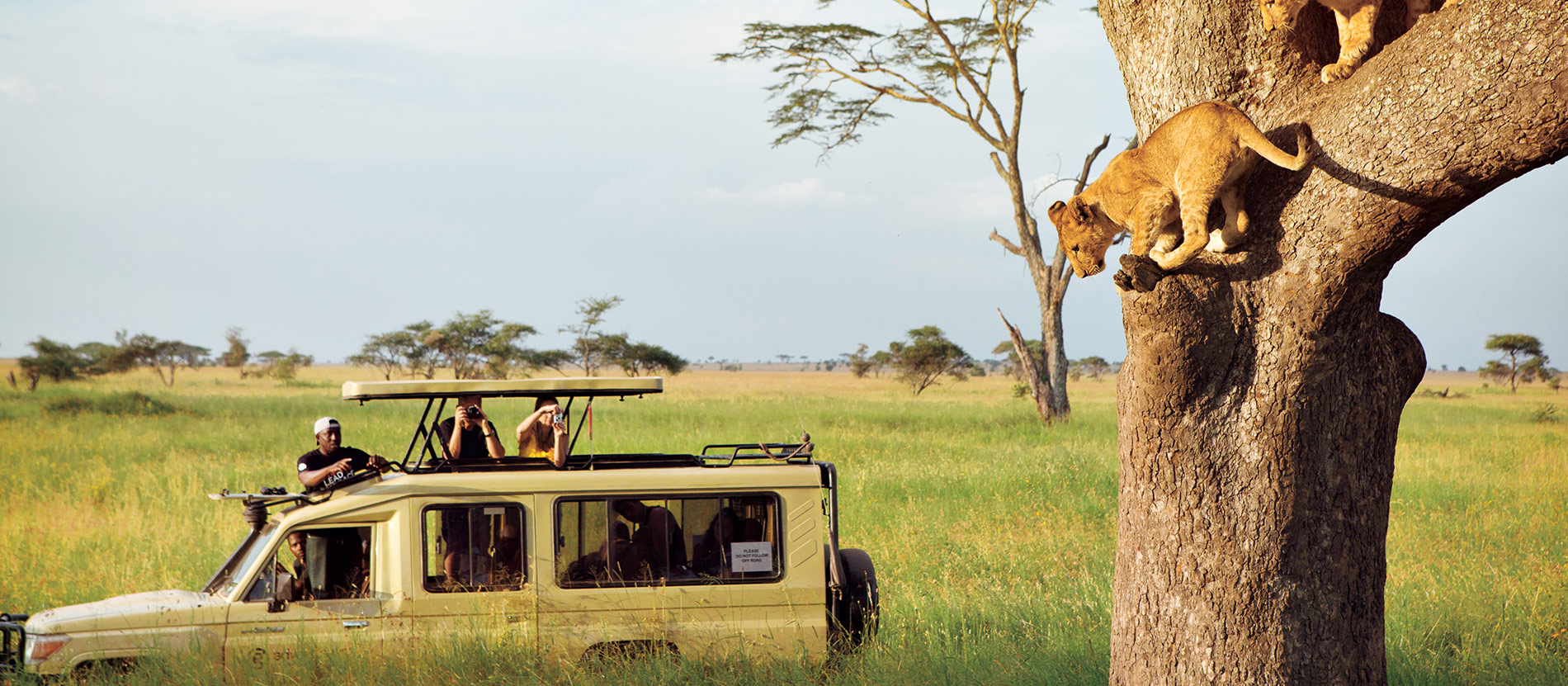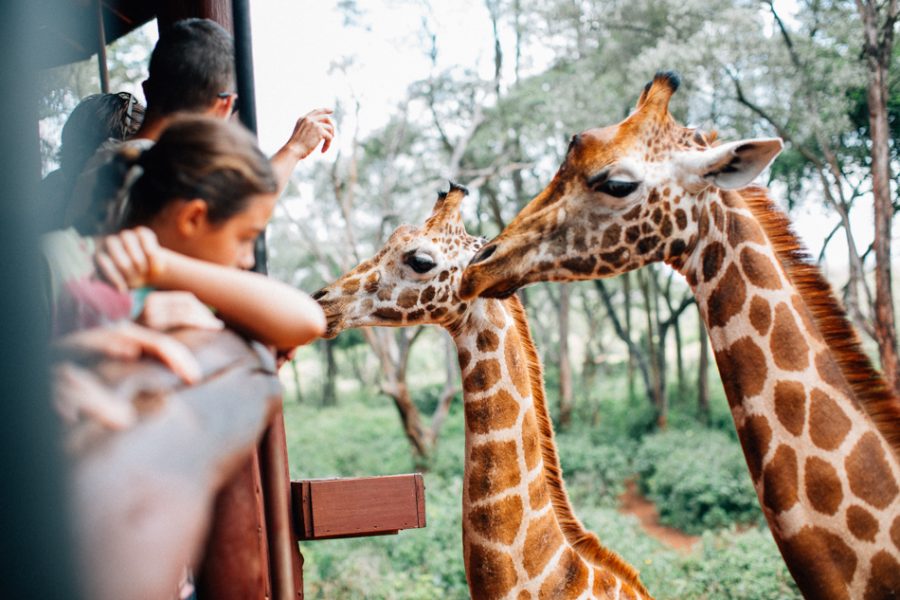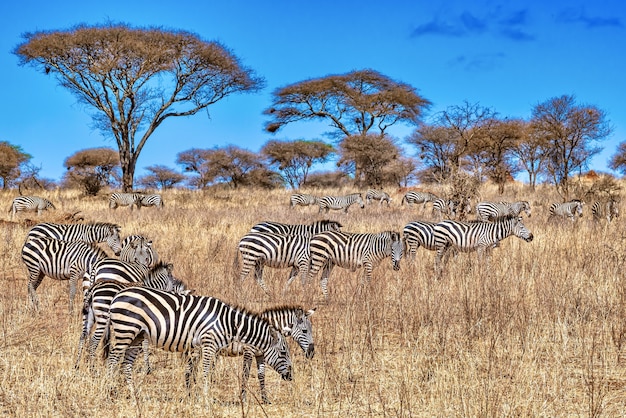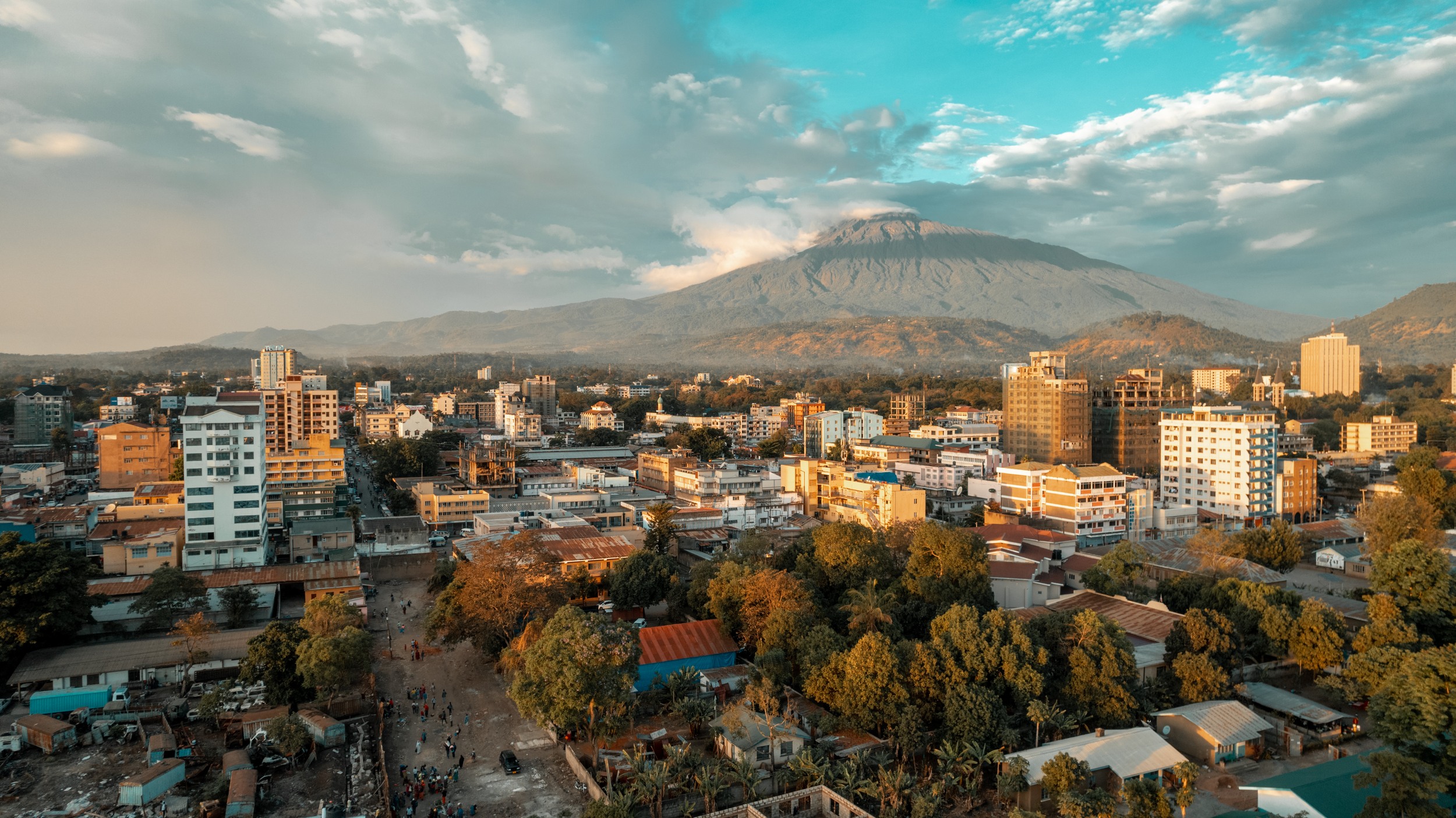The Great Wildebeest Migration
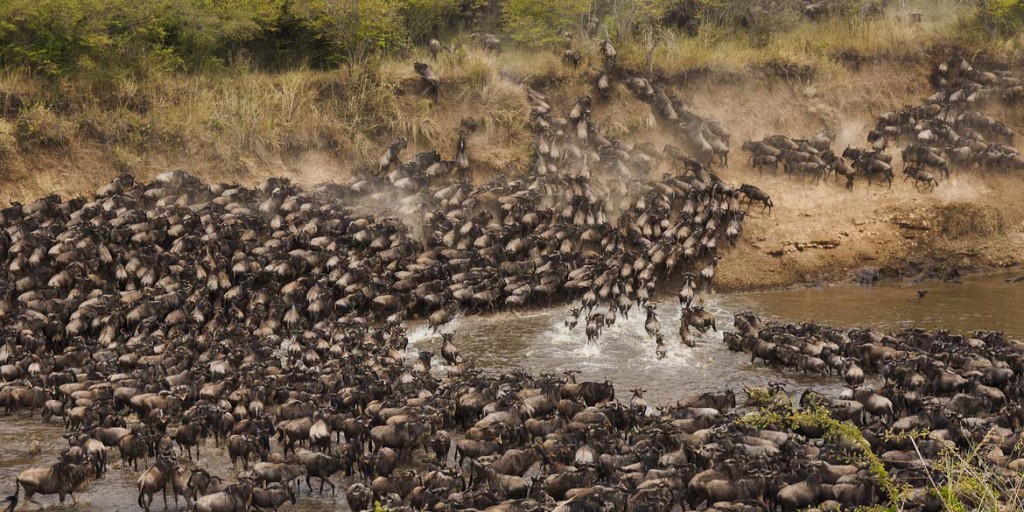
The Great Wildebeest Migration is a testament to the resilience of nature and the circle of life. Whether you’re watching newborn calves take their first steps, witnessing a dramatic river crossing, or marveling at the sheer scale of the herds, this experience is nothing short of magical
The Great Wildebeest Migration – Nature’s Greatest Show on Earth
Introduction
The Great Wildebeest Migration is one of the most awe-inspiring natural phenomena on the planet [[6]]. Every year, over a million wildebeest, hundreds of thousands of zebras, and gazelles traverse the vast plains of the Serengeti in search of fresh grazing lands. This epic journey spans thousands of kilometers, crossing rivers teeming with crocodiles and predator-rich savannahs. If you’re planning a Tanzania safari, witnessing this spectacle should be at the top of your bucket list.
What Is the Great Wildebeest Migration?
The Great Migration is an annual cycle driven by the rains, as herds follow the seasonal patterns of rainfall and grass growth across the Serengeti ecosystem . This migration isn’t just about movement—it’s a dramatic story of survival, filled with perilous river crossings, predator-prey interactions, and the relentless pursuit of food and water.
- The Players: Over 1.5 million wildebeest, 200,000 zebras, and 350,000 gazelles participate in this incredible journey.
- The Stages: The migration follows a predictable yet dynamic cycle, moving between Tanzania’s Serengeti and Kenya’s Maasai Mara.
The Migration Cycle
Timing your visit to witness specific stages of the migration is key. Here’s a breakdown of the annual cycle:
- Calving Season (January to February): The southern Serengeti plains are alive with newborn wildebeest and zebra calves. This is also when predators like lions and cheetahs are most active.
- Green Season (March to May): Herds spread out across the southern and central Serengeti, grazing on lush grasslands during the wet season.
- Grumeti River Crossing (June to July): The herds move northward, facing their first major obstacle—the Grumeti River, where crocodiles lie in wait.
- Mara River Crossing (August to October): The most iconic stage of the migration occurs as herds cross the treacherous Mara River, battling strong currents and predators.
- Return to the Serengeti (November to December): As the dry season ends, the herds begin their journey back south to Tanzania, completing the cycle.
Best Time to Witness the Migration
The best time to visit depends on which stage of the migration you want to see:
- January to February: Calving season in the southern Serengeti offers excellent predator sightings.
- June to July: The Grumeti River crossing is a thrilling experience.
- August to October: The Mara River crossing is the highlight of the migration, offering dramatic scenes of nature’s raw power.
- November to December: The return migration to the Serengeti provides opportunities to see large herds in the northern plains.
Where to Stay During the Migration
Accommodation options near the migration routes cater to all budgets:
Luxury Lodges
- Four Seasons Safari Lodge Serengeti: Offers luxurious amenities and proximity to the migration paths.
- Serengeti Under Canvas: A mobile tented camp that moves with the herds, ensuring front-row seats to the action.
Mid-Range Options
- Kati Kati Camp: Provides comfortable accommodations with stunning views of the Serengeti plains.
Budget Campsites: Public campsites like Seronera Campsite offer basic amenities for budget travelers.
Activities to Include in Your Migration Safari
- Game Drives: Morning and evening drives offer the best chances to spot migrating herds and predators.
- Hot Air Balloon Safaris: Soar above the plains for a bird’s-eye view of the migration.
- Photography Tours: Capture the drama of the migration with professional guidance.
- Guided Walking Safaris: Get up close with nature and learn about the ecosystem from experienced guides.
Tips for Experiencing the Migration
- Book Early: Accommodations and tours fill up quickly, especially during peak migration months.
- Be Patient: Wildlife sightings can be unpredictable, so patience is key to witnessing the action.
- Pack Essentials: Bring neutral-colored clothing, binoculars, sunscreen, and a good camera.
Conclusion
The Great Wildebeest Migration is a testament to the resilience of nature and the circle of life. Whether you’re watching newborn calves take their first steps, witnessing a dramatic river crossing, or marveling at the sheer scale of the herds, this experience is nothing short of magical. So plan your trip carefully, and get ready to witness one of the greatest shows on Earth!
Related content
Interdum et malesuada fames

